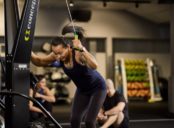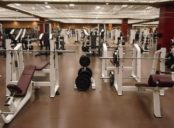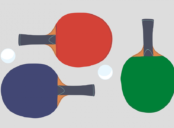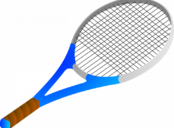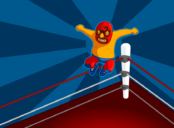Paralympics Curling: Empowering Individuals through Inclusive Sport

Introduction
As the world continues to embrace inclusivity and provide equal opportunities for all members of society, sports have become a powerful medium for promoting diversity and integration. Paralympics Curling, a relatively new addition to the Paralympic Games, is a testament to this progress. In this comprehensive article, we will explore the world of Paralympics Curling, its various types, popularity, quantitative measurements, differences, and a historical overview of its advantages and disadvantages. Let’s dive in!
Overview of Paralympics Curling

Paralympics Curling, also known as wheelchair curling, is an adaptive sport that enables individuals with physical impairments to participate in the game of curling, which traditionally requires ice sliding and sweeping. It was introduced to the Paralympic Games in 2006 and has rapidly gained popularity among athletes and spectators alike. Paralympics Curling offers a level playing field, promoting inclusivity and emphasizing skill and strategy over physical abilities.
Comprehensive Presentation of Paralympics Curling
1. Types of Paralympics Curling:
– Individuals with physical impairments can participate using various types of assistive devices, such as wheelchairs, push sticks, and delivery sticks.
– The sport is further divided into three categories based on functional abilities: wheelchair athletes, standing athletes with impairments, and athletes with visual impairments.
2. Popular Forms of Paralympics Curling:
– Wheelchair curling, which involves athletes sliding stones down the ice while seated in specialized wheelchairs, is the most widely recognized and practiced form.
– For standing athletes with impairments, the sport involves modified techniques to ensure fair competition, such as using a delivery stick or employing adaptive equipment for sweeping.
– Athletes with visual impairments rely on verbal cues from sighted teammates and use adapted stones equipped with auditory signals.
Quantitative Measurements in Paralympics Curling
To assess the performance and progress of athletes in Paralympics Curling, several key quantitative measurements are used:
1. Shot Accuracy: This measures the ability of athletes to accurately deliver the stone to the desired position in each end of the game. Precision and shot-making skills are crucial in determining success.
2. Sweep Distance and Force: Sweeping plays a vital role in controlling the stone’s speed and direction, and the distance covered and force applied during the sweeping process are measured to evaluate athletes’ effectiveness.
3. Stone Weight Control: Athletes must accurately judge the weight (strength) of their throws to navigate the stone to desired positions on the ice. Precision in stone weight control significantly influences game outcomes.
Differences between Paralympics Curling Types
While Paralympics Curling as a whole promotes inclusivity and equal participation, there are notable differences between its various types:
1. Wheelchair Curling vs. Standing and Visual Impairment Curling:
– Wheelchair curling primarily focuses on the strategic aspects of the sport, as athletes rely on pushing themselves on the ice and delivering the stone from a seated position.
– Standing and visual impairment curling require adaptations to traditional curling techniques, encouraging a balance between strategy and physical ability.
2. Challenges and Adaptations:
– Wheelchair curlers face unique challenges related to balance, stability, and controlling the stone while seated, while standing and visually impaired athletes must overcome challenges related to coordination and spatial awareness.
Historical Overview of Advantages and Disadvantages
Paralympics Curling has evolved and matured over the years, bringing both advantages and disadvantages:
Advantages:
1. Inclusivity and Empowerment: Paralympics Curling provides individuals with physical impairments a chance to engage in a competitive sport, promoting integration and empowerment.
2. Enhancing Physical and Mental Well-being: Participation in Paralympics Curling contributes to improved fitness, self-esteem, and psychological well-being among athletes.
Disadvantages:
1. Accessibility: Limited availability of accessible curling facilities and equipment poses challenges for individuals with physical impairments to engage in the sport.
2. Awareness and Recognition: Despite growing popularity, Paralympics Curling still faces challenges in terms of awareness, media coverage, and mainstream recognition.
Conclusion
Paralympics Curling stands at the pinnacle of inclusive sports, enabling individuals with physical impairments to compete, conquer challenges, and showcase their skills on an international stage. With its diverse types, quantitative measurements, and historical development, Paralympics Curling exemplifies the power of adaptive sports in fostering inclusivity, physical well-being, and personal growth. As the world continues to prioritize diversity and equality, Paralympics Curling shines as an inspiring example of what can be achieved when barriers are overcome and everyone is given a fair chance to participate.




